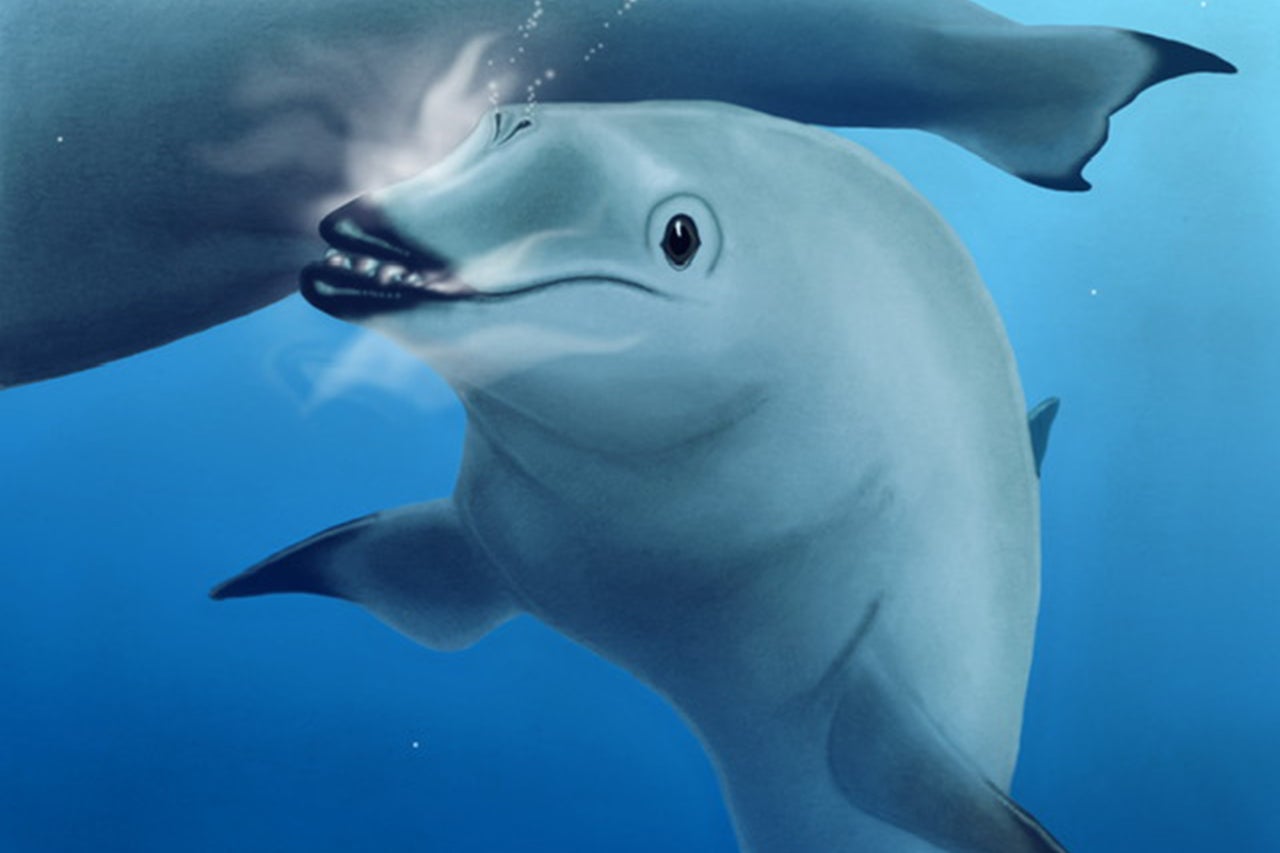College of Charleston paleontologist Robert Boessenecker is part of a small team of scientists looking into the evolutionary origins of the whistles and squeaks that dolphins and porpoises make – part of the rare echolocation ability that allows them to effectively navigate their dark, watery environment.

Dolphin ear bone fossil.
The team, one of the first in the world to examine the ability’s origins, used a small CT scanner to look inside the ear bone of a 30-million-year-old fossil skull from the ancient dolphin Olympicetus avitus. This member of the toothed whale family, part of a branch that died out before modern dolphins and porpoises appeared, lived in what is now Washington state. The CT scan revealed cochlear coiling with more turns than in animals with echolocation, indicating hearing more similar to the cloven-hooved, terrestrial mammals dolphins came from than the sleek sea creatures they are today.
The fossil dolphin skull and ear bone are currently housed in the College of Charleston’s Mace Brown Museum of Natural History. It was generously donated by fossil collector James Goedert. Boessenecker slowly removed the specimen over several months from the hard rock by acid etching in the fossil preparation lab at the Mace Brown Museum.
“The simple theory is that there was one origin for echolocation in dolphins, and we’d find it in their 30-million-year-old ancestor,” said lead study author Rachel A. Racicot, a visiting professor at Claremont McKenna College in California. “Now, we believe it didn’t evolve just once in this lineage, but more than once and in more than one lineage – at least in xenorophids, which are extinct, and somewhere along the line to the Odontoceti crown group that still survives.”
The researchers concluded that because echolocation is useful for navigating dark waters, natural selection likely came into play with its development in the branch that survived.
Boessenecker was joined on this research by Racicot, Vanderbilt University professor Simon Darroch and New York Institute of Technology professor Jonathan Geisler.
The findings were published on Wednesday, May 15, 2019, in the Royal Society journal Biology Letters.




